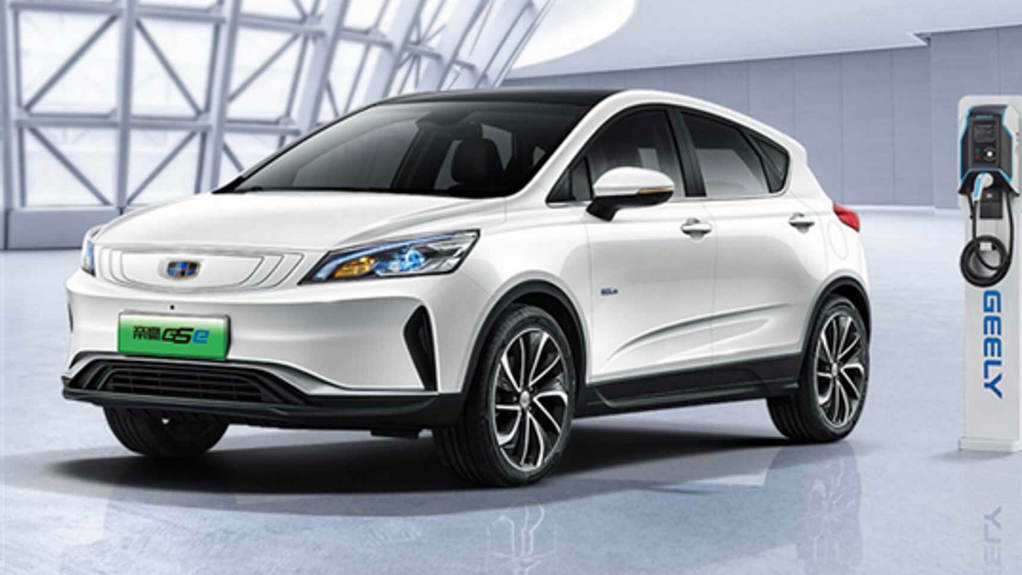A Chinese source has published live photos and some technical details about the unusual version of the fourth generation Geely Emgrand. It’s all about its engine, more precisely, the power plant: the white sedan shown in the photo is equipped with a 1.8-liter engine running on methyl alcohol. At the same time, it does not rotate the wheels directly – this is done by an electric motor. And mediates their interaction three-speed transmission DHT PRO.
The tricky scheme actually turns out to be quite effective both in terms of ecology (harmful emissions are less than 3% of those of a conventional gasoline-powered car) and costs (if we translate the consumption into a gasoline equivalent, the car consumes about 3 liters to overcome 100 km way).
Apparently, otherwise such an alcohol-electric hybrid does not differ from the usual fourth-generation Emgrand either in terms of equipment or in terms of comfort. It is not yet clear whether such a car will be launched into a series, but Geely has been developing methanol-powered engines for 16 years, so putting such a car on stream will not be a problem. Moreover, the company annually produces about 10,000 vehicles powered by methyl alcohol.
Source: https://gadgettendency.com/
Tags: Alcohol, China, Geely Emgrand, Methanol, Methyl alcohol



Recent Posts
Scandlines Nears Delivery of Zero Emissions Ferry Following Successful Sea Trials
India faces emission roadblocks with rising net-zero demands
Green Energy Resources invests in two electric Liebherr LHM 550
NYK Launches Continuous Use of Bio LNG Fuel on Car Carriers to Advance Decarbonization Goals
Yang Ming Expands Fleet with Methanol and LNG Dual-Fuel Vessels Under Fleet Optimization Plan
ClassNK Advocates Speed Gap Monitoring to Optimize Fuel Efficiency in Heavy Weather
Wärtsilä’s retrofit package for the Corsica Linea ferry Pascal Paoli has resulted in fuel savings of up to 22 percent Corsica Linea
COSCO Shipping Names Second Methanol Dual-Fuel Containership in Yangzhou